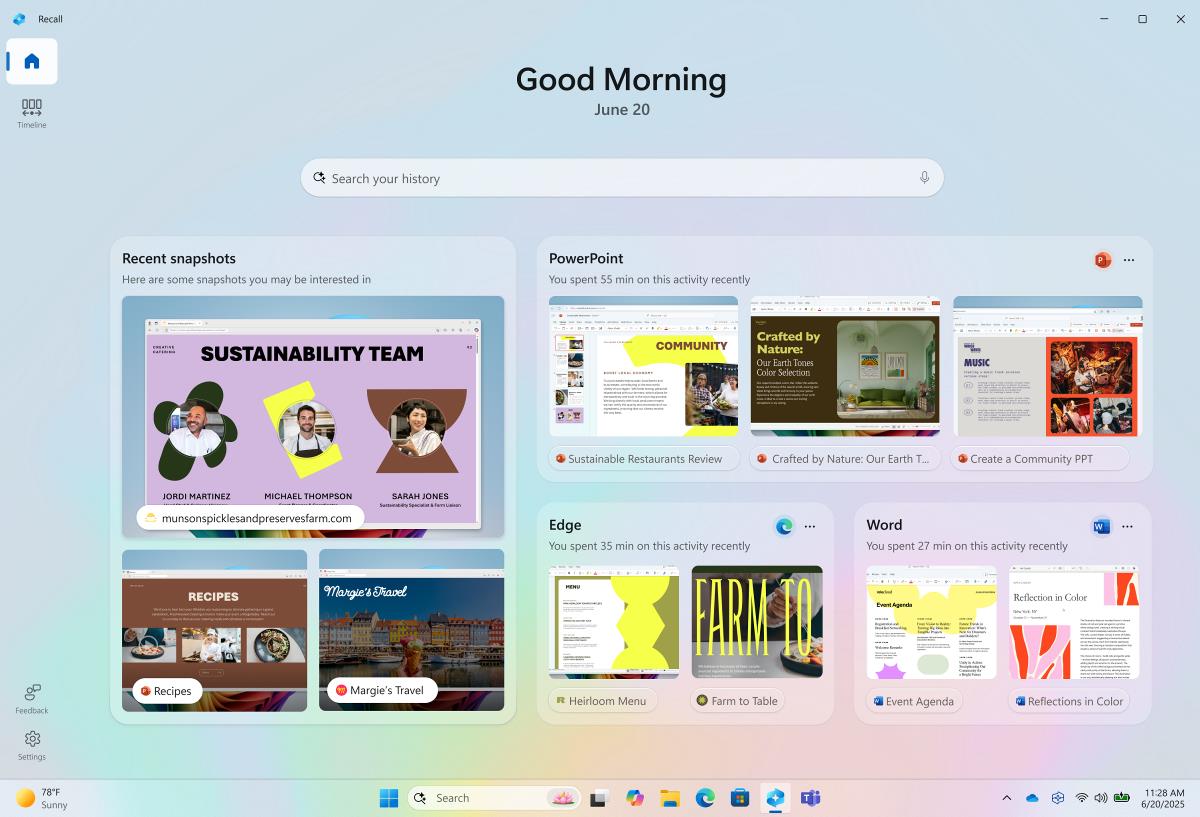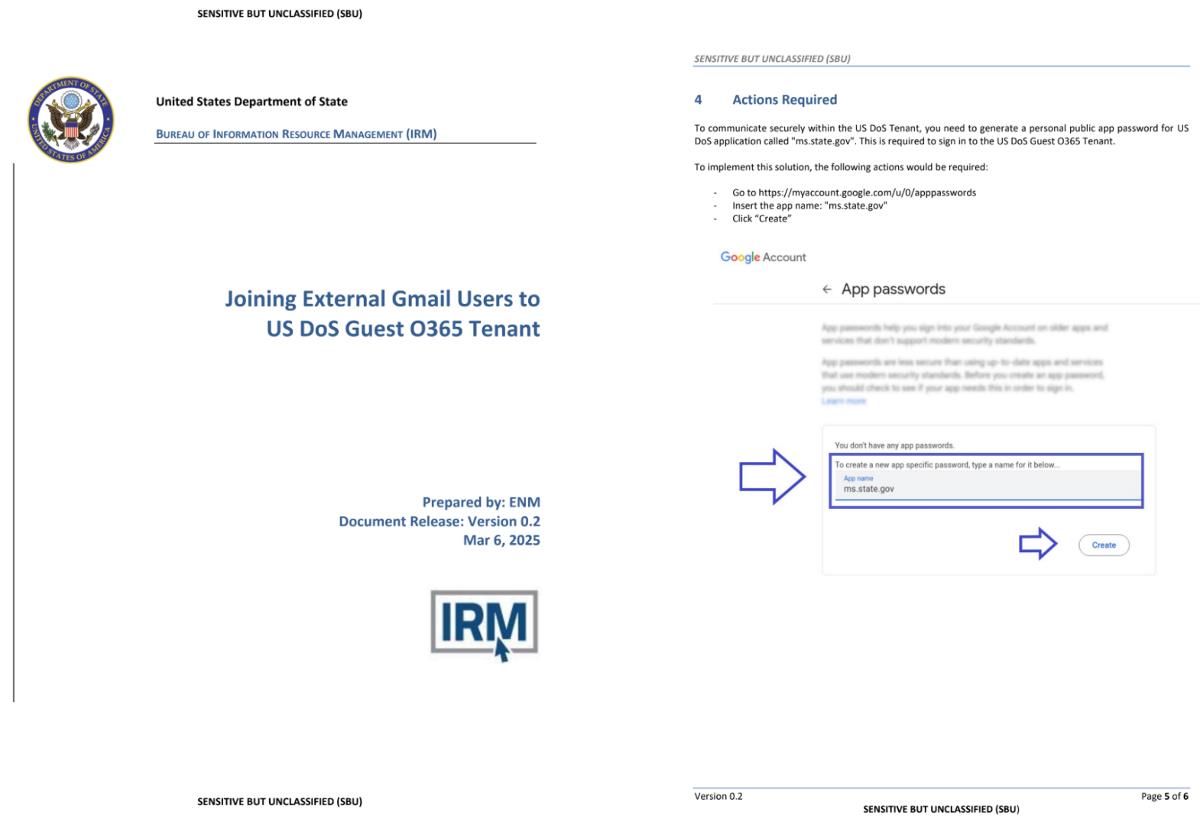Resiliency Patterns
Core Resiliency Patterns 1. Retry Pattern Uses a "retryForever" policy with constant backoff Configured with 5-second intervals between retries Set to unlimited retries (maxRetries: -1) to handle transient failures Applied automatically when component operations fail 2. Circuit Breaker Pattern Implements a "simpleCB" circuit breaker with three states: closed, open, and half-open Trip condition: Opens after 5 consecutive failures Timeout: Remains open for 5 seconds before transitioning to half-open Test requests: Allows 1 request in half-open state to test if service has recovered Recovery: Closes circuit if test request succeeds, reopens if it fails Configuration Structure The resiliency patterns are defined in a YAML specification that includes: Policies section: Defines retry and circuit breaker behaviors Targets section: Specifies which components (like the statestore) the policies apply to Scoping: Applied to specific Dapr applications through the scopes field Fault Handling Workflow Normal operation: Application continuously saves and retrieves state via Dapr APIs Fault introduction: When the backing service (Redis) becomes unavailable, requests begin failing Retry activation: Failed requests trigger the retry policy with constant 5-second intervals Circuit breaker engagement: After 5 consecutive retry failures, the circuit breaker opens and halts requests Recovery testing: Circuit breaker periodically switches to half-open to test service availability Automatic recovery: Once the backing service is restored, the application seamlessly resumes normal operation This demonstrates how Dapr's resiliency features provide automatic fault tolerance for service-to-component interactions without requiring application code changes.

Core Resiliency Patterns
1. Retry Pattern
- Uses a "retryForever" policy with constant backoff
- Configured with 5-second intervals between retries
- Set to unlimited retries (maxRetries: -1) to handle transient failures
- Applied automatically when component operations fail
2. Circuit Breaker Pattern
- Implements a "simpleCB" circuit breaker with three states: closed, open, and half-open
- Trip condition: Opens after 5 consecutive failures
- Timeout: Remains open for 5 seconds before transitioning to half-open
- Test requests: Allows 1 request in half-open state to test if service has recovered
- Recovery: Closes circuit if test request succeeds, reopens if it fails
Configuration Structure
The resiliency patterns are defined in a YAML specification that includes:
- Policies section: Defines retry and circuit breaker behaviors
- Targets section: Specifies which components (like the statestore) the policies apply to
- Scoping: Applied to specific Dapr applications through the scopes field
Fault Handling Workflow
- Normal operation: Application continuously saves and retrieves state via Dapr APIs
- Fault introduction: When the backing service (Redis) becomes unavailable, requests begin failing
- Retry activation: Failed requests trigger the retry policy with constant 5-second intervals
- Circuit breaker engagement: After 5 consecutive retry failures, the circuit breaker opens and halts requests
- Recovery testing: Circuit breaker periodically switches to half-open to test service availability
- Automatic recovery: Once the backing service is restored, the application seamlessly resumes normal operation
This demonstrates how Dapr's resiliency features provide automatic fault tolerance for service-to-component interactions without requiring application code changes.















































































































































































![[The AI Show Episode 154]: AI Answers: The Future of AI Agents at Work, Building an AI Roadmap, Choosing the Right Tools, & Responsible AI Use](https://www.marketingaiinstitute.com/hubfs/ep%20154%20cover.png)
![[The AI Show Episode 153]: OpenAI Releases o3-Pro, Disney Sues Midjourney, Altman: “Gentle Singularity” Is Here, AI and Jobs & News Sites Getting Crushed by AI Search](https://www.marketingaiinstitute.com/hubfs/ep%20153%20cover.png)



























































































































































































![GrandChase tier list of the best characters available [June 2025]](https://media.pocketgamer.com/artwork/na-33057-1637756796/grandchase-ios-android-3rd-anniversary.jpg?#)















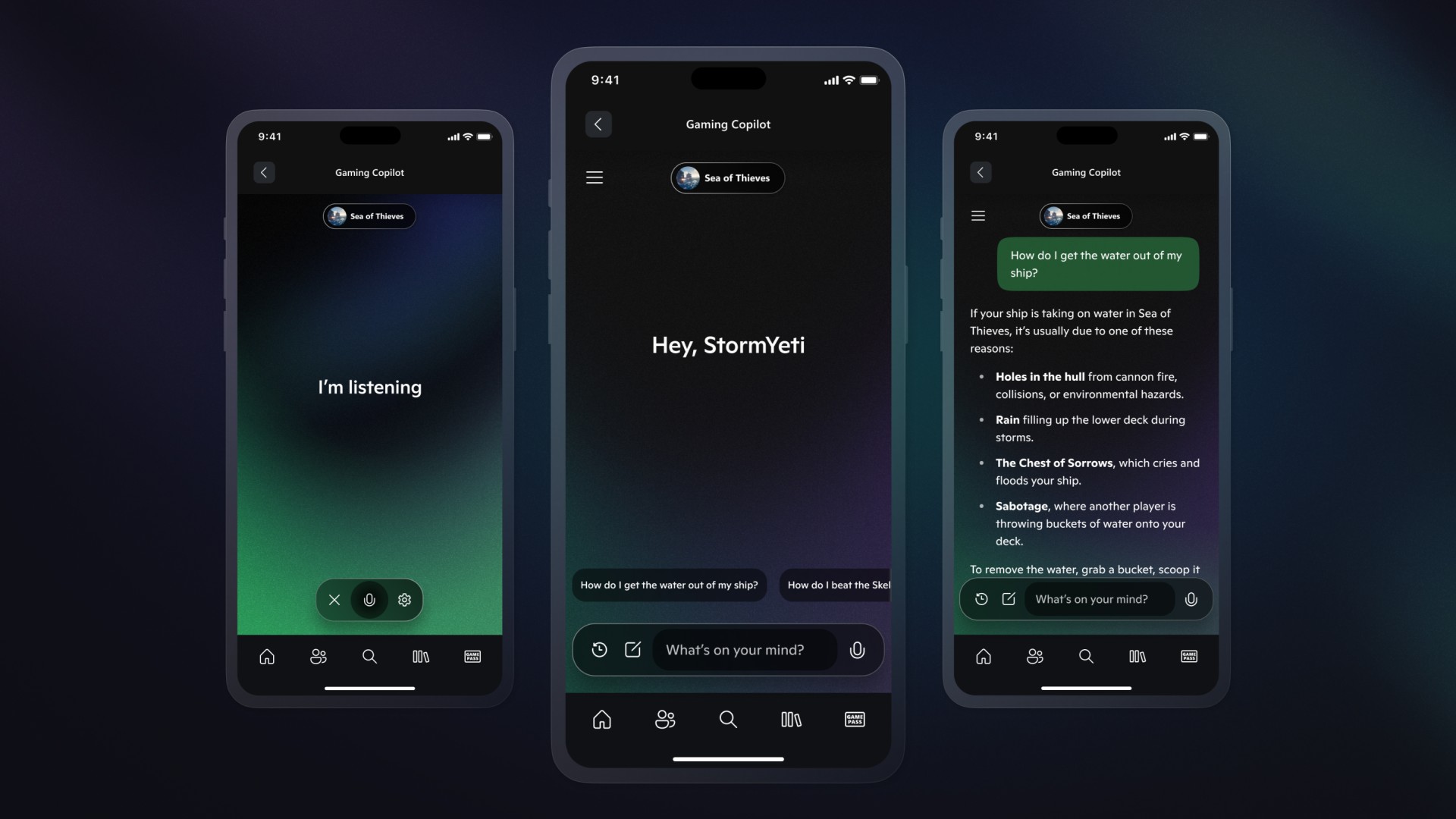
















































_marcos_alvarado_Alamy.jpg?width=1280&auto=webp&quality=80&disable=upscale#)




















































































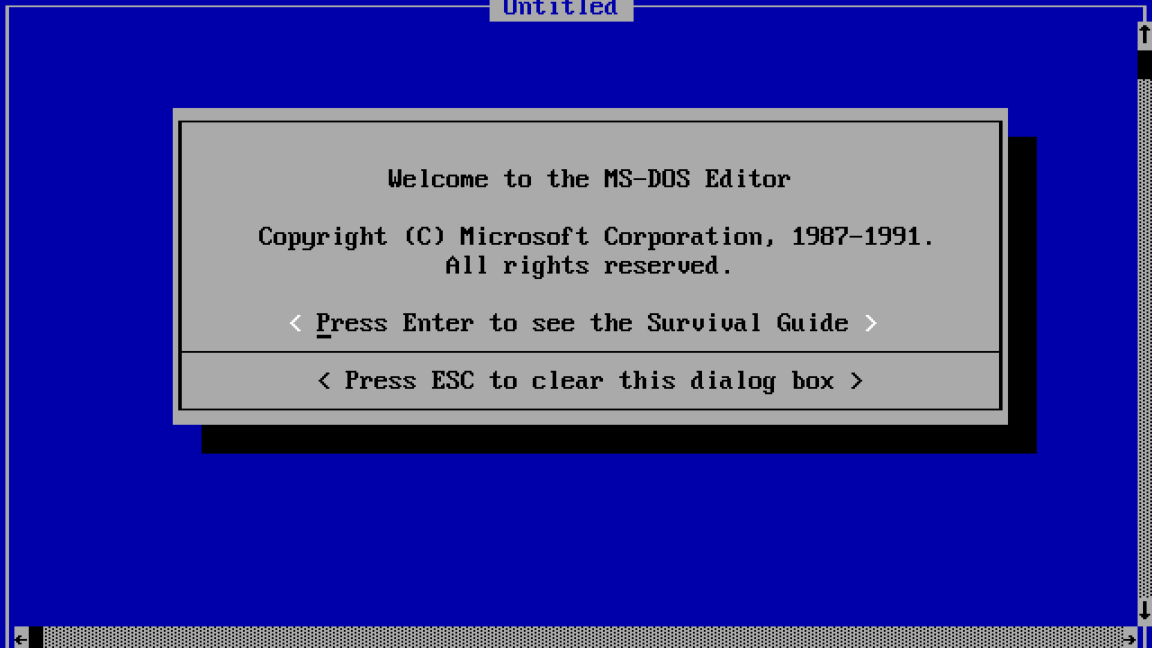
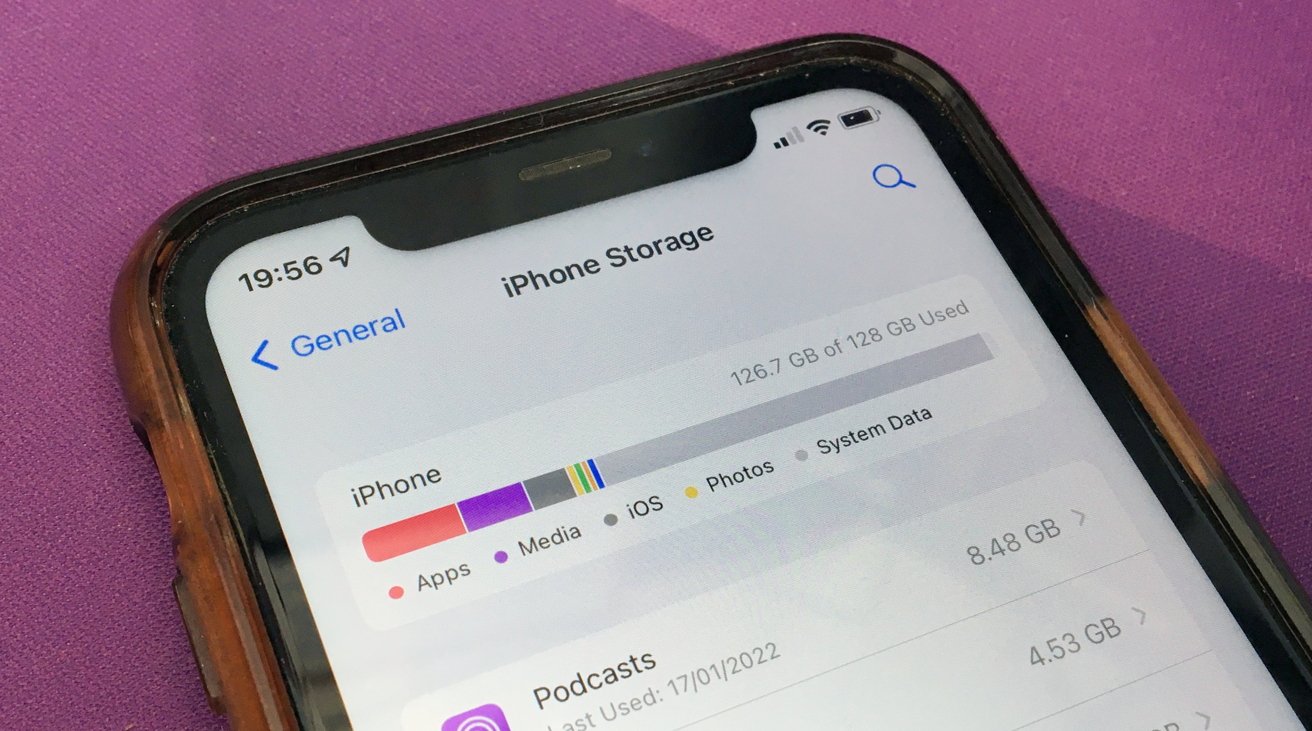

















![Latest leak shows how Galaxy Z Flip 7 FE compares to the standard Flip 7 [Gallery]](https://i0.wp.com/9to5google.com/wp-content/uploads/sites/4/2025/06/galaxy-z-flip-7-fam-blass-1.jpg?resize=1200%2C628&quality=82&strip=all&ssl=1)












![Apple in Last-Minute Talks to Avoid More EU Fines Over App Store Rules [Report]](https://www.iclarified.com/images/news/97680/97680/97680-640.jpg)


![Apple Seeds tvOS 26 Beta 2 to Developers [Download]](https://www.iclarified.com/images/news/97691/97691/97691-640.jpg)


















